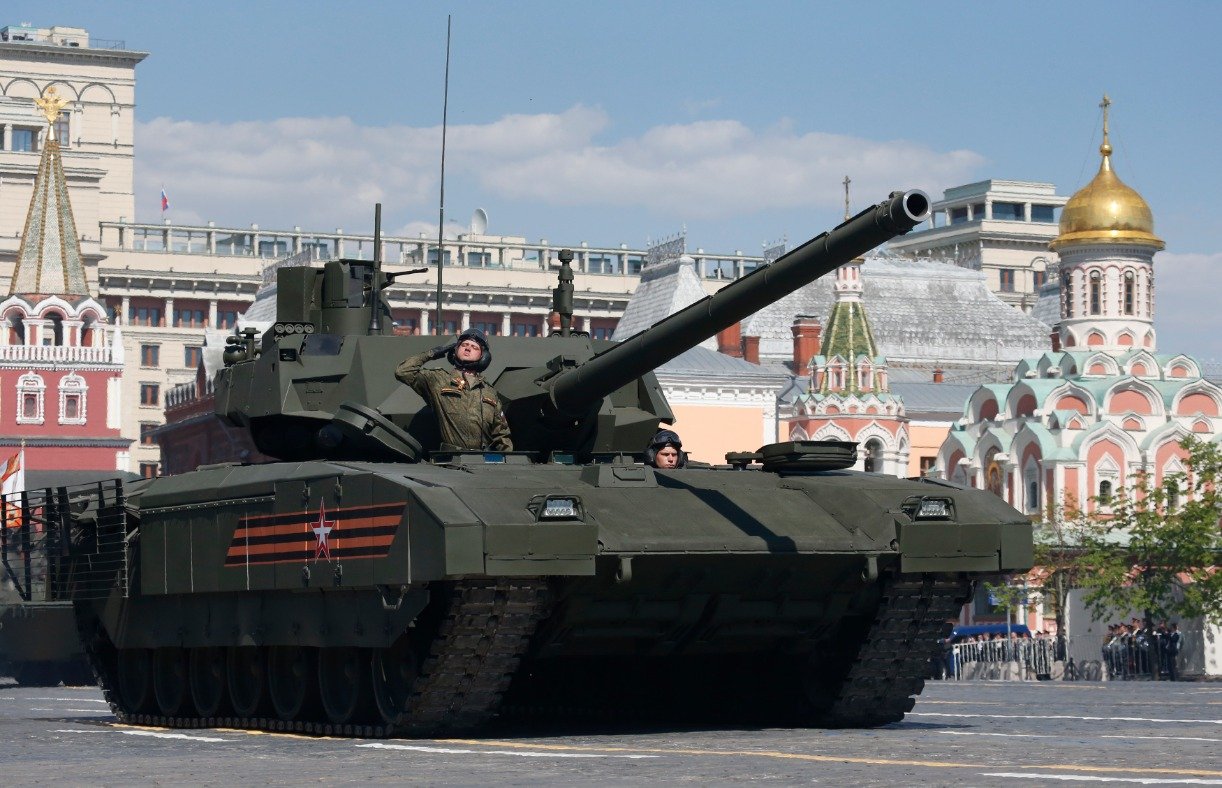

While HE and HE-FRAG ammunition does exist for tank guns, these are more commonly used by tank guns of Russian design. Although the T-62 partially replaced the earlier T-55 model with its 100 mm main gun, T-55 tanks remain commonly encountered today. It is necessary to limit the scope of this study, and the increase of Soviet tank gun calibres from 100 mm to 120 mm in 1961 provides an appropriate cut-off point in time.

This report covers tank guns of 115 mm, 120 mm, and 125 mm in calibre, which encompasses the majority of tank guns that have been produced since 1961, when the Soviet Union introduced the T-62 main battle tank (MBT). Although technological advances have ensured modern tanks far exceed the performance of their predecessors, simultaneous advances in anti-tank systems have meant that most remain vulnerable to both conventional military forces and non-state actors employing asymmetric warfare techniques. Tanks differ from the other land-based weapon systems examined in this series of studies by employing primarily direct-fire weapons when firing its main gun, the gunner can see its target and aims directly at it, rather than firing at an indirect trajectory. Tanks are mobile, armoured, heavy weapons platforms that have been used in the majority of conflicts since World War II. Blast effects of a tank projectile on a school in Gaza, July 2014 (photo credit: The Associated Press ). A version of this study can be found in the final report on Characterisation of Explosive Weapons (GICHD, 2016) as Annex E. It is part of a series of technical studies on explosive weapons undertaken by the GICHD, providing evidence and contributing to the analysis. This study examines the characteristics, use and effects of tank guns and tank projectiles.


 0 kommentar(er)
0 kommentar(er)
